How to Brown and Cook Ground Beef
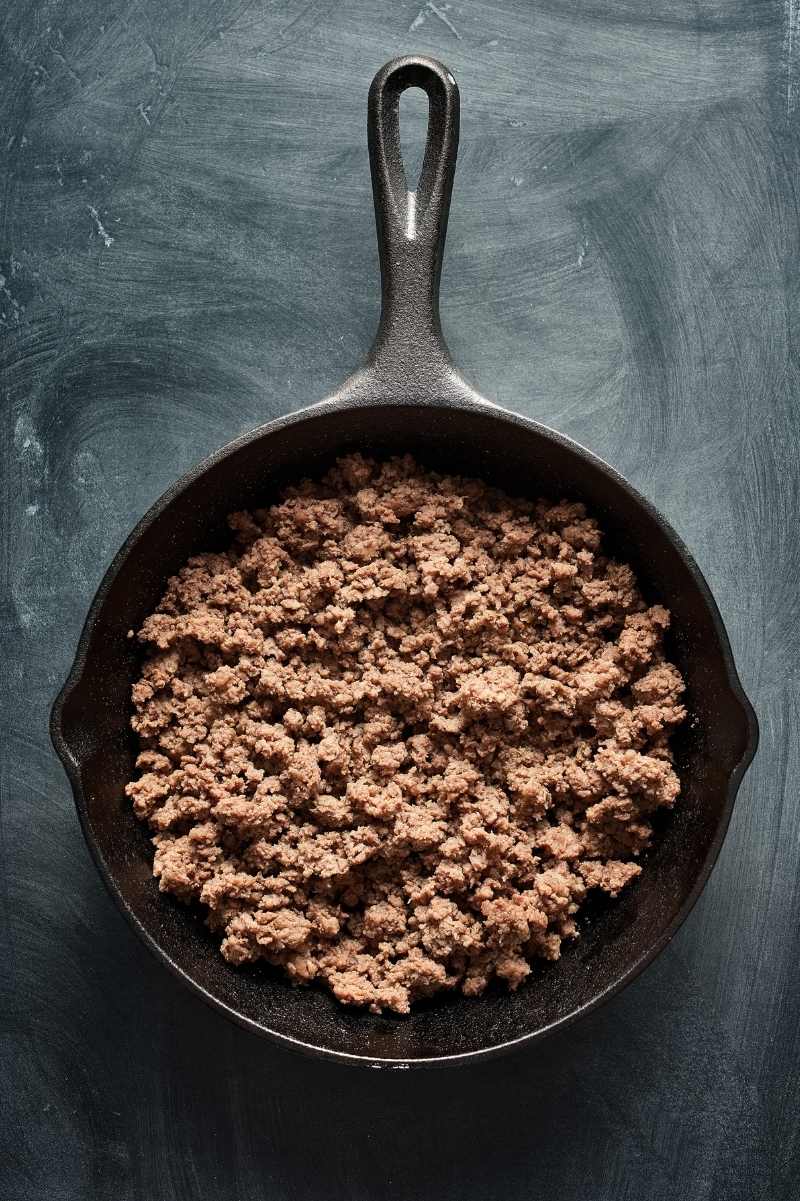
So many great recipes start with browning a pound of ground beef, but if you're new to the kitchen, you might not know how to cook ground beef!
That's okay; we all have to start somewhere-and right here is where you'll start because we're going to tell you everything you need to know about browning ground beef for your recipe. Let's get cooking!
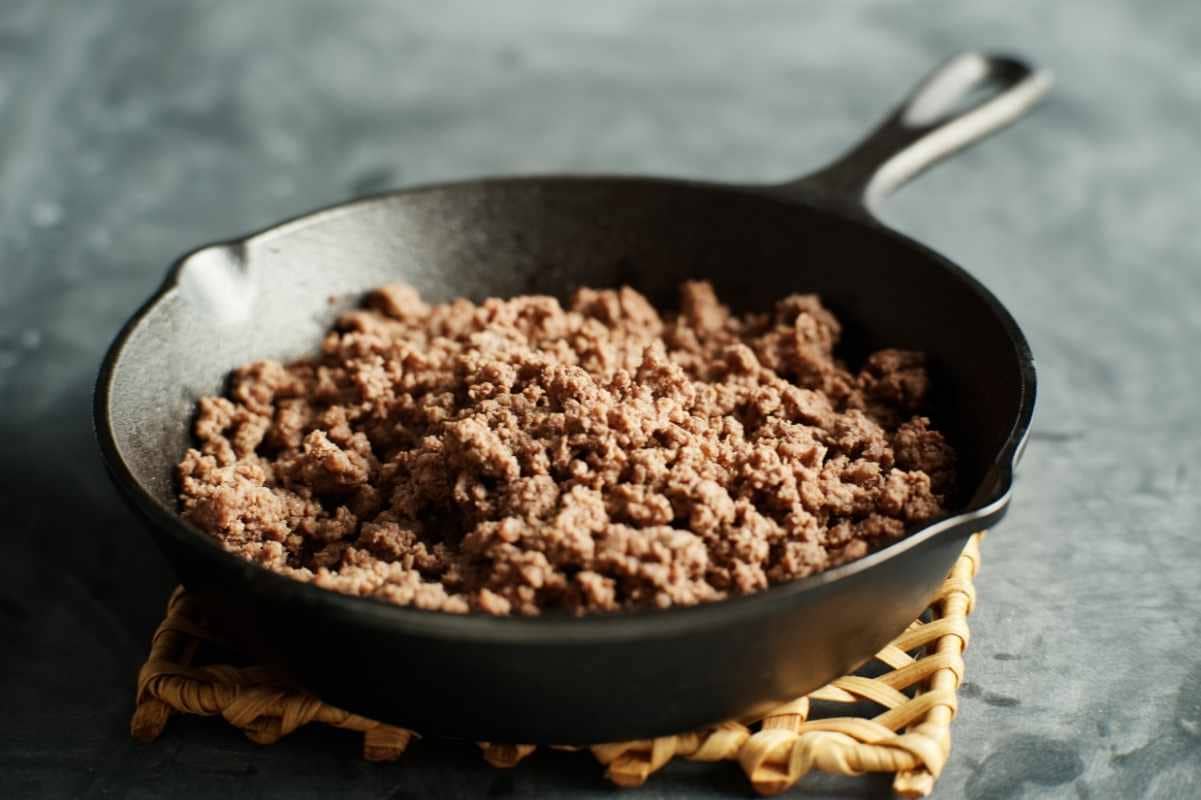
How do you pick the right ground beef from the store?
The main thing you want to look for in store-bought beef is freshness. You can tell that your meat is fresh by looking at the best before date on the package. Avoid any gray-colored meat since this could be an indication that it's been sitting there a little too long or has been exposed to oxygen.
You'll see several different kinds of ground beef (ground sirloin, ground chuck, ground round), and unless your recipe calls for a specific type-more on that in a sec-you can pretty much use them interchangeably. For most palates, the difference is negligible, but here's what you should know about each kind:
- Ground Chuck: Made using the shoulder. Around 20% fat content. Rich and fatty-an excellent choice for burgers!
- Ground Round: Made using the upper leg and rump. About 10-15% fat content. Much leaner and less juicy. Good for use in places where drippings can't be drained off-like casseroles.
- Ground Sirloin: Made using the upper-middle and hip. Around 10% fat content, but still has lots of flavor and is very tender. Excellent when cooked rare (like in a burger) but will dry out quickly when cooked too much.
Wholefully Protip
"Ground beef" is a general term that can encompass ground chuck, round, sirloin, or ground beef made from any part of the cow.
If it works with your budget, we recommend looking for grass-fed ground beef-it's a good way to make sure the animals were raised sustainably and responsibly, plus many folks find that grass-fed beef has better flavor and offers better nutrition.
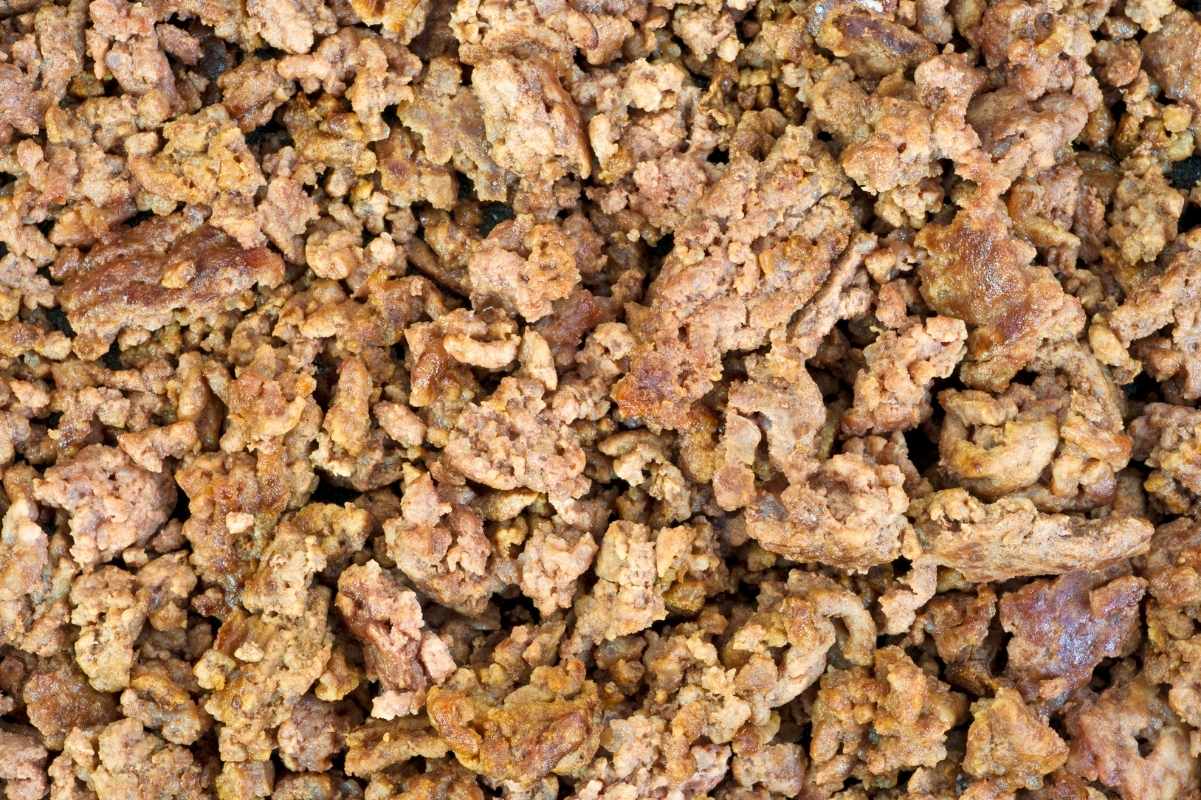
Do I need lean beef?
You'll probably see the fat content listed on beef packaging, and it is usually listed as a ratio of lean to fat. So beef labeled 80/20 ground beef would be 80% lean and 20% fat.
Which you choose is a matter of personal preference. A higher fat content will result in juicier cooked meat, while lean ground beef will have less fat and is a good choice for recipes where you can't drain off drippings (like in a casserole). Some recipes will call for a specific type of ground beef-and we recommend following that advice.
Can you brown ground beef that's been frozen?
Yes, but we recommend you thaw it first. The ice crystals on frozen beef will prevent the beef from browning while cooking, and instead, the meat will steam while it cooks-which technically works, but it's not nearly as delicious as browned ground beef from thawed meat.
To thaw frozen ground beef, remove it from the freezer a day or two before you plan on cooking and stick it in the refrigerator. It'll thaw naturally-and safely-in the fridge, so it's ready to use when you need it.
How to cook ground beef
The truth is, ground beef requires very little attention on your part once it's started cooking, and a hands-off approach is best.
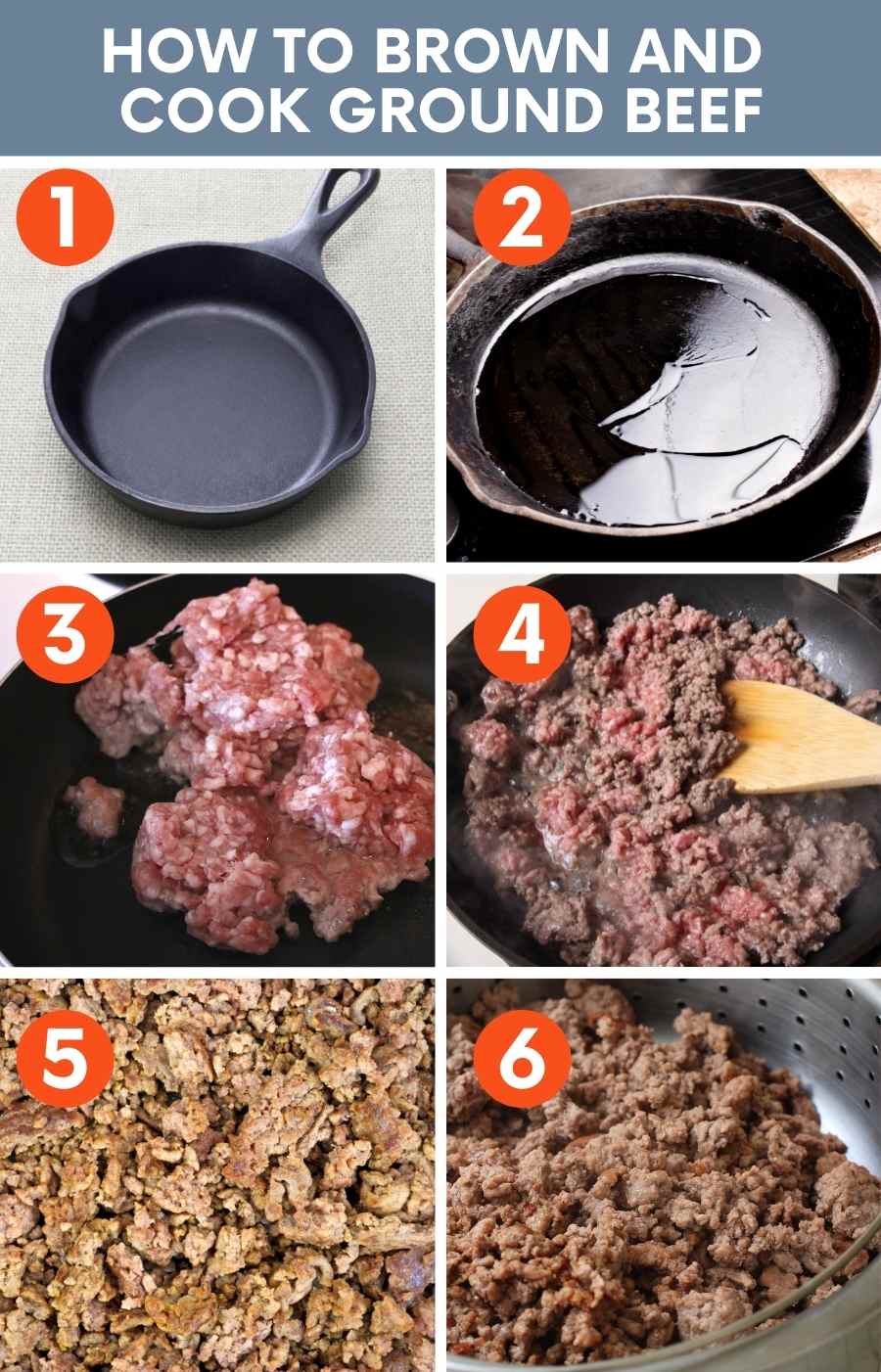
- Heat a large pan on the stovetop to medium-high heat. We like to use a big cast iron skillet, but anything wide enough for your beef to cook in a single layer will do.
- Add a little bit of oil to your hot pan (this is optional if you are using a non-stick skillet or well-seasoned cast iron skillet), allow it to warm up until the oil is shimmery, and then add your ground beef.
- Using a spatula or wooden spoon, break the beef into large chunks and let it start to cook. Do not move the meat! You want it to have good contact with the skillet to get delicious, browned pieces. It's time to move onto the next step when the beef lifts from the skillet easily-if it still sticks to the pan, it hasn't been seared enough.
- Break the beef into smaller and smaller pieces as it browns, but, still, you don't want to be constantly moving it-that doesn't give the meat time to sear and get that crispy outside. Instead, just break it up a little bit more every time you stir the beef.
- Cook until the pink is almost entirely gone from the meat.
- Drain the meat according to the recipe instructions. You can do this by spooning off the fat, draining the browned beef on a paper towel-lined plate, or using a fine colander over a bowl (don't let the grease go down the drain).
Wholefully Protip
Cast iron pans are the best pans to use if you want a delicious brown crust on your beef. If you're working with a lot of meat-or a small frypan-it's best to brown it in small batches to avoid overcrowding and ensure an even cook.
Want to save this recipe?
Why are you supposed to avoid stirring the ground beef as it cooks?
If you learned how to cook ground beef earlier in life, you might have been taught to keep stirring to break your beef into the smallest pieces to banish the pink. This might cook it faster, but a little patience leads to juicier and tastier meat.
Not stirring your ground beef as it cooks allows it to create a nice brown crust on the outside, which adds a lot of flavor to your meat and locks in moisture. Every time you break it apart or stir it, some of that moisture evaporates. You need to let your meat rest as it cooks to give it time to brown.
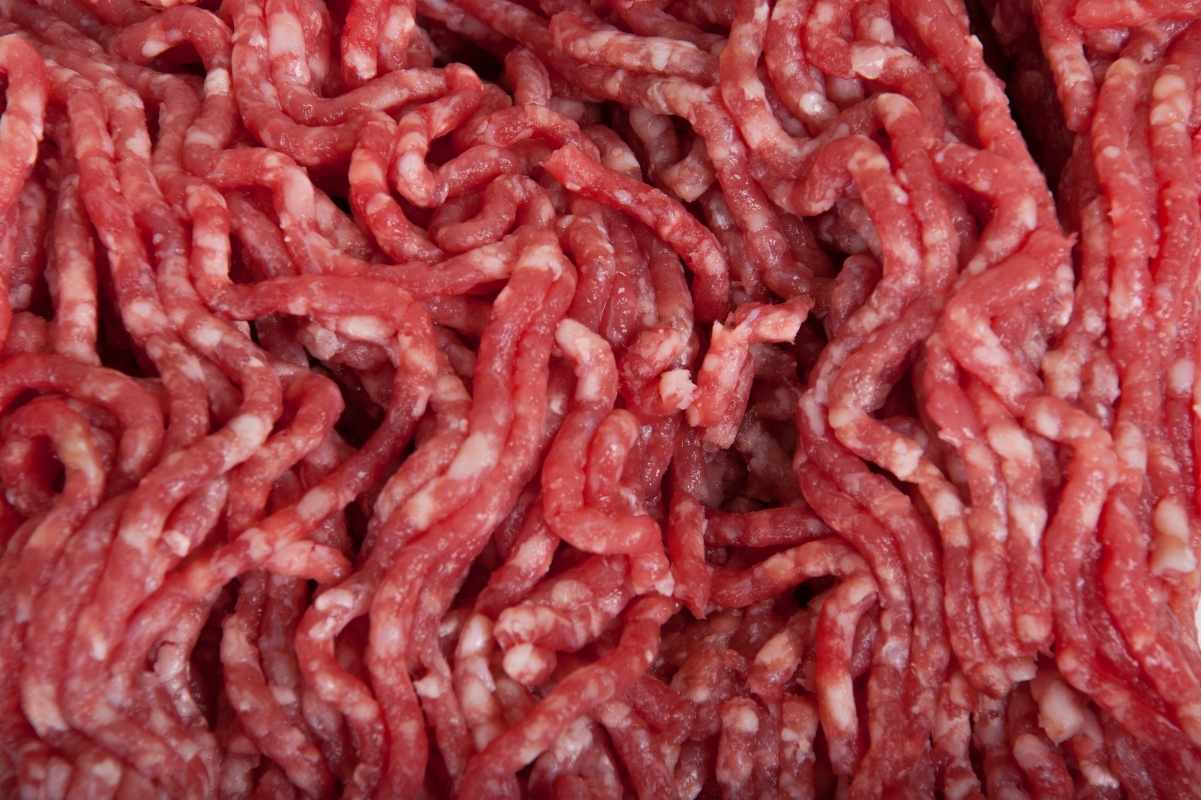
Do I need to drain the drippings from my ground beef?
Your recipe will offer some guidance here! Some recipes want you to drain your ground beef completely-if that's the case, we recommend spooning it onto a paper towel-lined plate or draining it in a fine colander over a bowl. Some will ask you to keep some of the fat behind to cook aromatic veggies (like onion and garlic).
The amount of fat in your cut of ground beef will also determine how much fat is left behind. If you purchased lean ground beef, you might not have much left behind to drain anyway! But if you have higher fat content, you'll probably want to drain off at least some of the drippings to avoid a greasy final dish.
Help! My ground beef is dry and crumbly.
One of the reasons your ground beef may have come out dry is that you chose beef with a low-fat concentration. Higher levels of fat help seal moisture into your meat. You might have also cooked your ground beef too long. Next time, remove it the moment you see the pink coloring disappear.
Not stirring your beef is one of the other factors contributing to how moist your meat is. As I mentioned above, stirring your meat can cause it to create steam instead of browning. Steam is the water from the beef evaporating into the air. The less steam is released, the more juicy your ground beef will be.
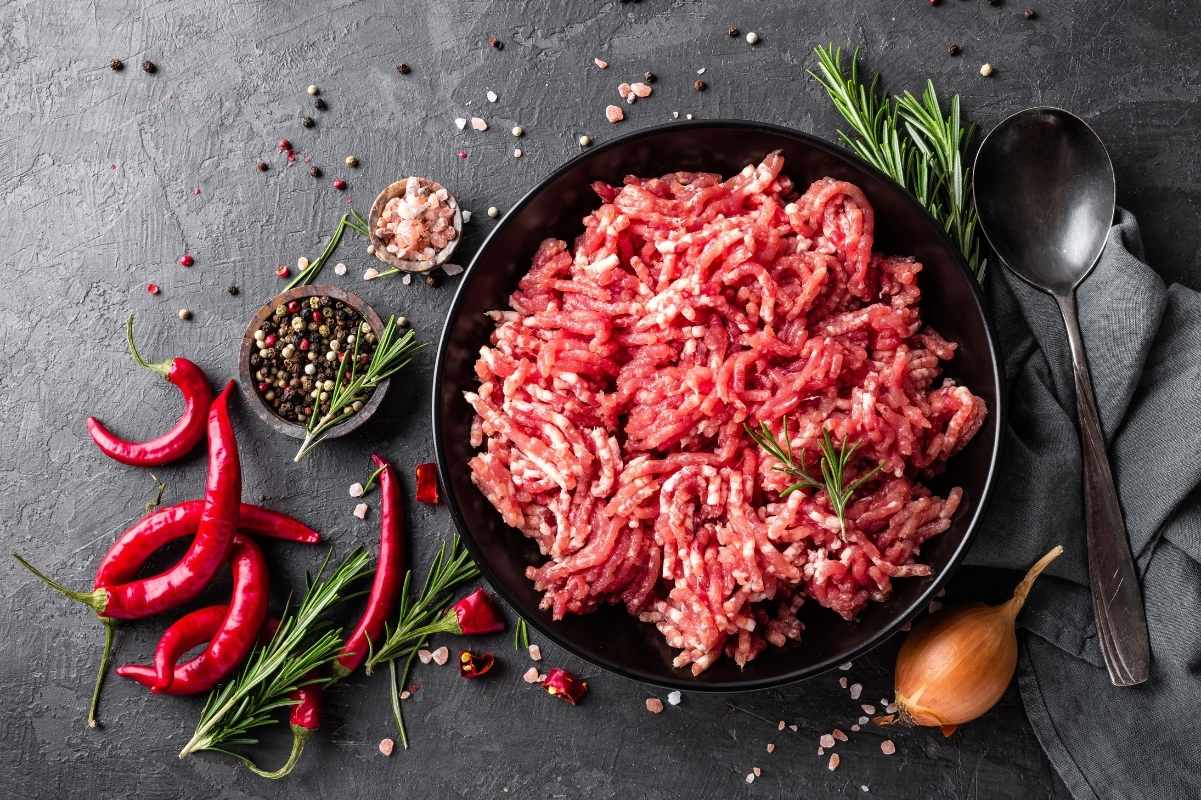
What if I want to add spices or other flavorings to my beef?
Easy peasy! We recommend seasoning your beef with salt and pepper soon after adding it to the skillet. You can also add other hearty spices at that time, like garlic powder, cumin, or onion powder.
Some seasonings should wait until the meat is finished browning and the drippings have been drained. That's when you could add in seasonings like taco seasoning or Worcestershire sauce. That's also when to add in fresh or dried herbs like oregano, basil, parsley, or thyme.
How to store ground beef
If you're planning on using your ground beef soon, you can stick it in an airtight container in the refrigerator for up to one week.
For longer-term storage, you can cook up a large batch and toss it in a freezer-safe container for up to three months. When it's time to use it, allow it to defrost in the fridge overnight. Heat all the way through before serving.
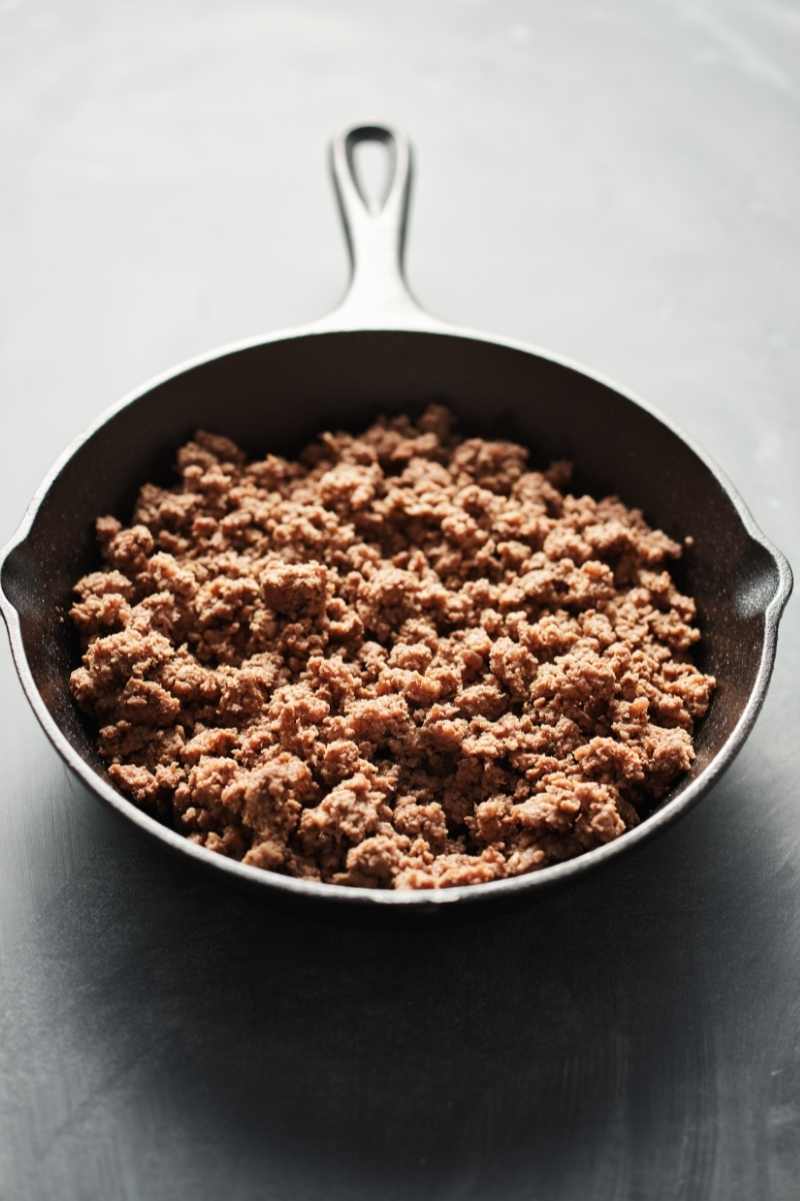
Using cooked ground beef
Now that you know how to cook ground beef, you're probably dying to get your hands on some recipes that make use of your deliciously browned beef. Luckily for you, I have a bunch of dishes to get you started!
- If you're in the mood for tacos and craving pasta, why not combine the two and try my creamy taco pasta skillet?
- If that doesn't quite scratch your taco itch, there's always my taco turkey chili.
- A bowl of slow cooker cheeseburger potato soup is the perfect comfort food.
- My revamped sloppy joe stuffed sweet potatoes will warm your bones and fill your belly.
- When you want veggies and a burger, you can satisfy that craving with a loaded burger bowl salad.
- Throw a few pantry staples together, and you've got an excellent vegetable beef soup.
- Helloooooo, homemade chili cheese fries.
- Mix some into spaghetti sauce for a great meat sauce.
📖 Recipe

How to Brown and Cook Ground Beef
Ingredients
- 1 pound ground beef
- 1 teaspoon oil optional
Instructions
- Heat a skillet to very hot. Cast iron is best, if you have it.
- Add the oil to the pan, swirling to coat the bottom. You can skip the oil if you are using a nonstick pan or well-seasoned cast iron.
- Add the meat to the pan and break it into large pieces.
- As the beef begins to brown, continue to break the meat into smaller and smaller pieces.
- Cook until browned. Try not to stir the beef too much; just stir occasionally until all of the beef is browned. Work in batches if you need to cook a lot of meat or are using a smaller pan.

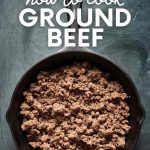
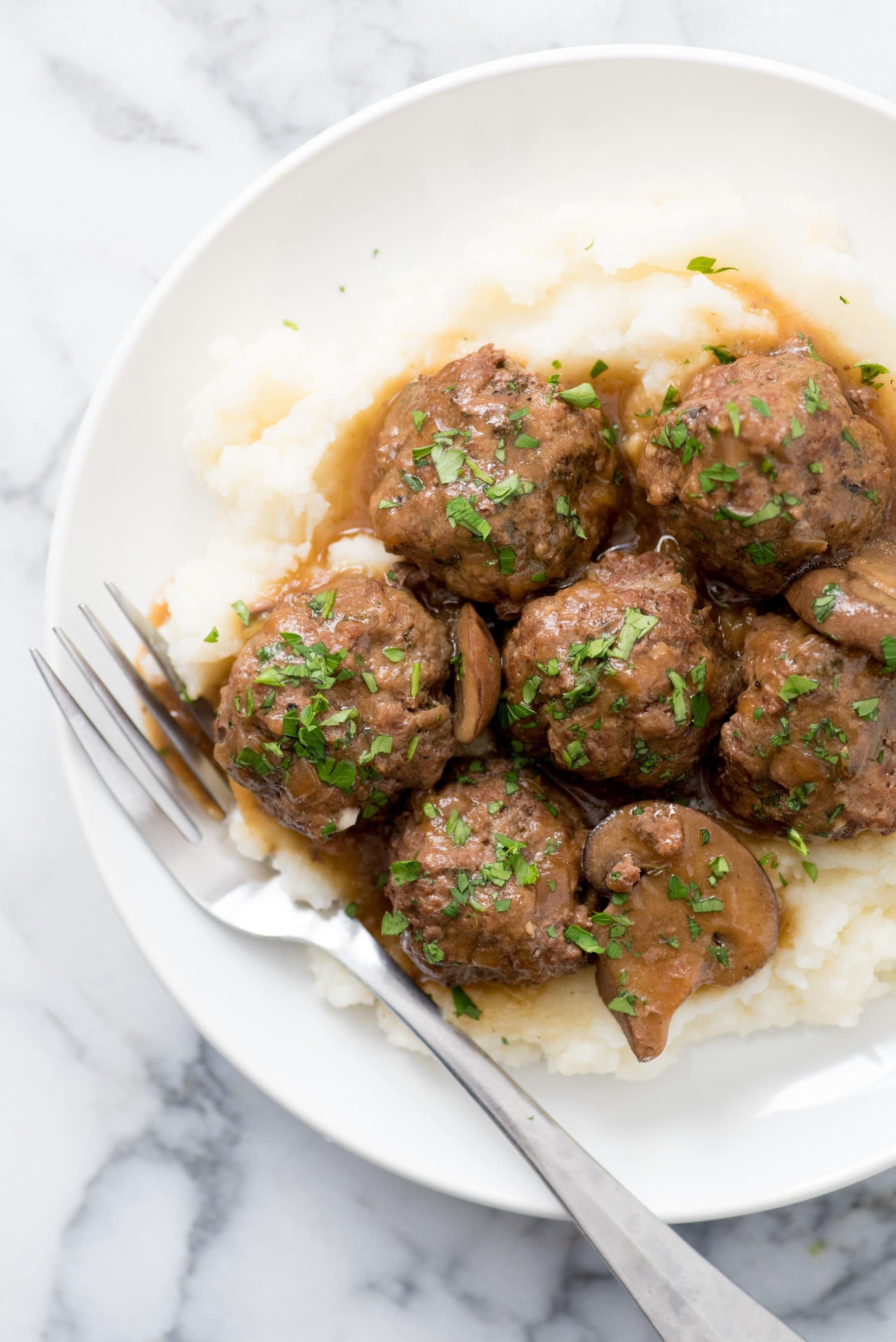
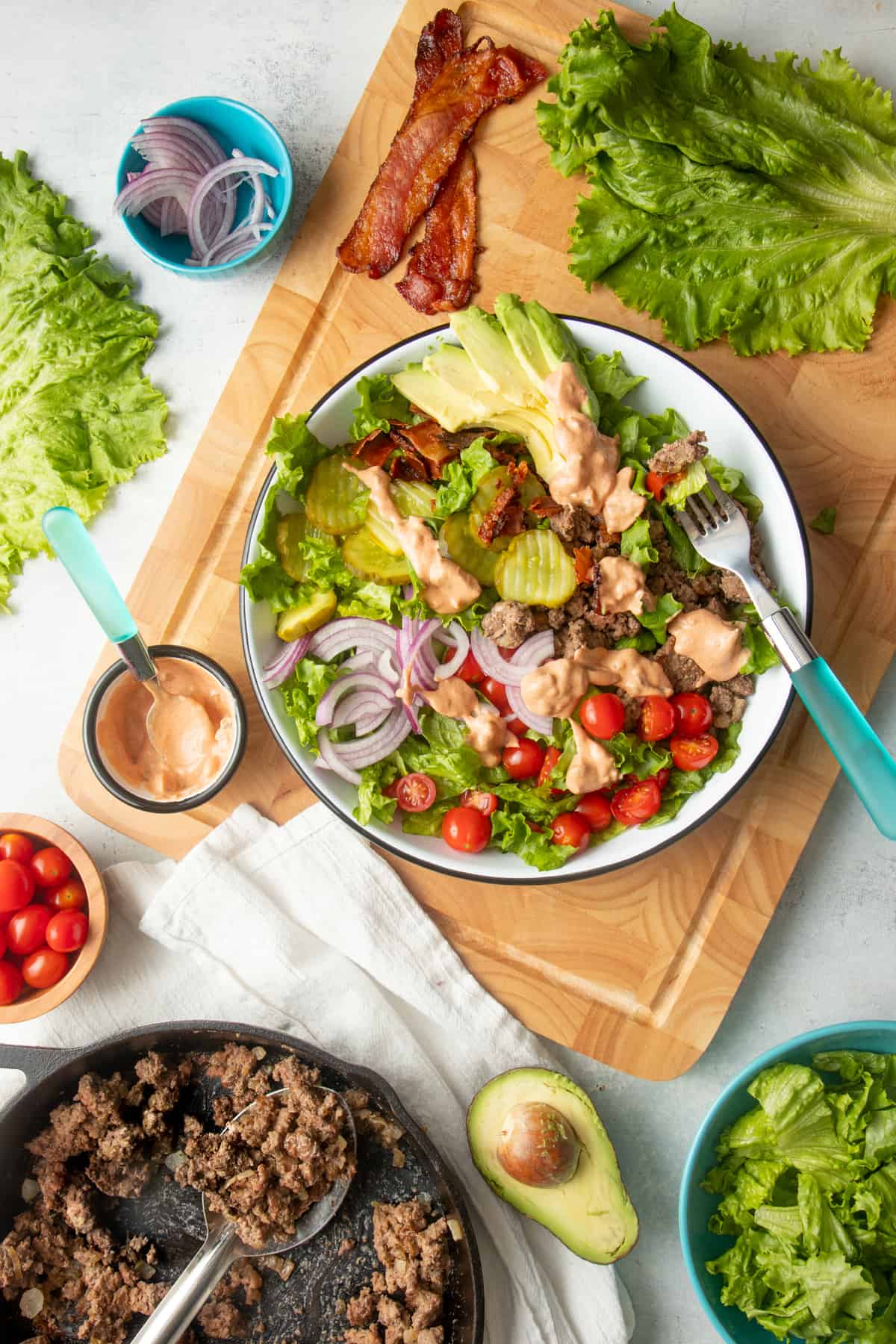
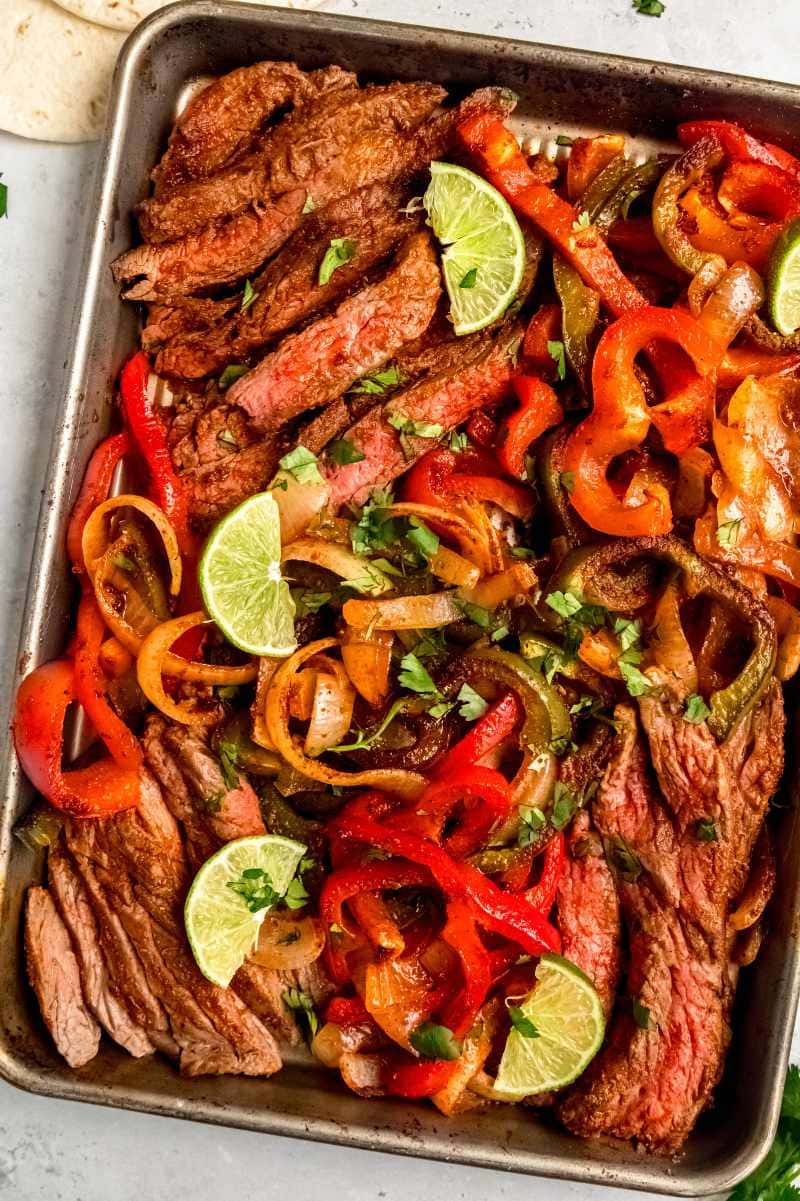
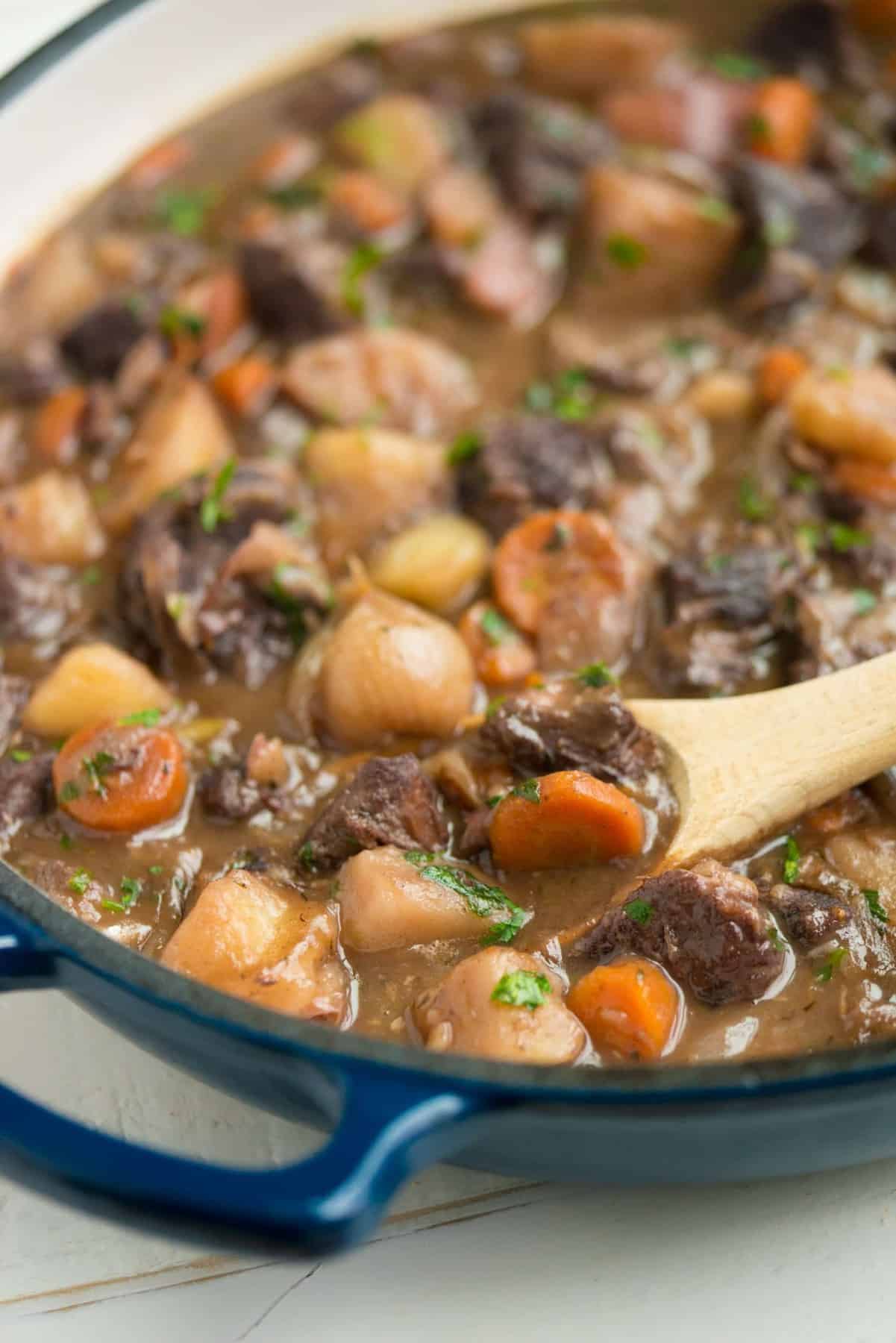
these tips were so helpful! i learned a lot, thank you 🙂
You're very welcome, Fran! Thanks for taking the time to tell us about your experience =)